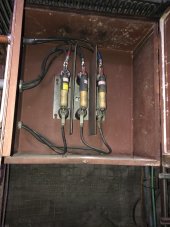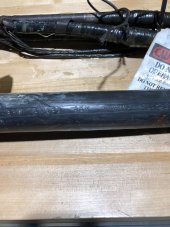Have you ever opened up a North American pole top transformer and looked at its wiring? If so you’d understand why any people call it split phase. Think of converting a 120v motor to a 240v motor. The same can be done with a pole top xfrmr, but in reverse, for twice the current capability at only 120v.Over and over I keep hearing that term split phase on this site.
Maybe its a solar thing.
Split phase often refers to a motor connection with or without capacitor for single phase motors...
The AC system for low voltage power distribution you refer too is properly called the Edison 3 wire system.
No one is ever confused by that no matter where you in the world, even if they do not use it....
Not many people use this term in correctly as it’s AC only.
Also Edison was a DC guy, you’d want Westinghouse standards.






